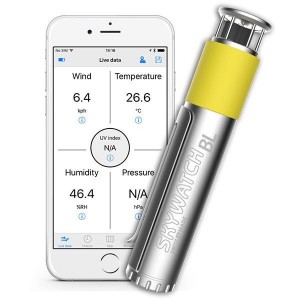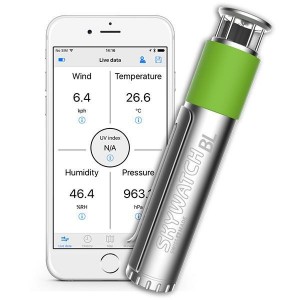- All brands
-
Home
-
Stunt Kites
- Stunt 2-lines
-
Stunt 4-lines
- REVOLUTION
- HQ
- Begginer
- Lines
-
Parts and Accessories
-
Revolution
- EXP / 1.5 (Standard + Reflex) - 1/4 inch
- REFLEX 1.5 RX (Spider) / XX - 5/16 inch
- EXP Standard / 1.5 Standard - 1/4 inch
- RACE / TRAVEL Frames (EXP / 1.5 / B-series)
- BLAST / POWER BLAST - 1/2 inch
- SUPERSONIC / SHOCKWAVE - 1/2 inch
- Revolution handles
- Revolution end caps
- Revolution bridle sets
- Revolution kite bags
- Other
-
Revolution
- Power kites
- Kitesurf
- Buggies & Landboards
- Kiteboarding
-
Accessories
-
KITESURFING | HYDROFOIL
- SNOWKITING
- LANDKITING | BUGGY
- * POWERKITING
-
* STUNTKITING | SINGLE LINE
-
* CONTROL GEAR
-
* ACCESSORIES | +
- * ACTIVE TOYS
-
Stunt Kites
Windmeters & Other
There are 10 products.
Showing 1-10 of 10 item(s)
Active filters










